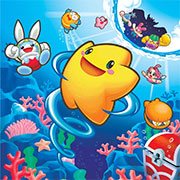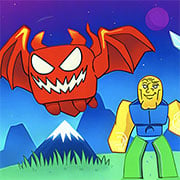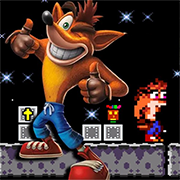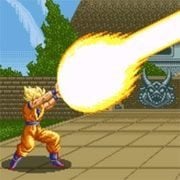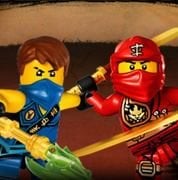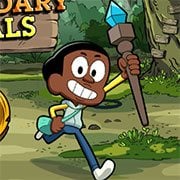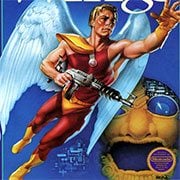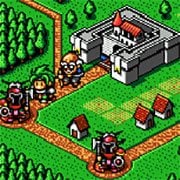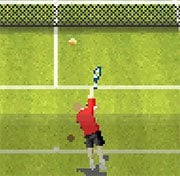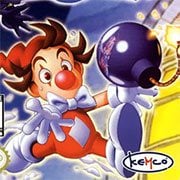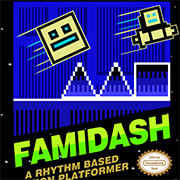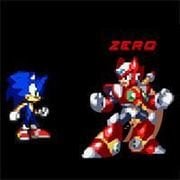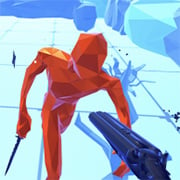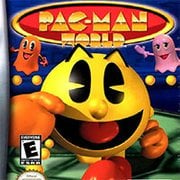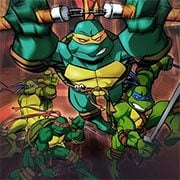Legendary Starfy
- Description
- Comment
“Densetsu no Stafy,” also known as “The Legendary Starfy,” is a platform video game that was developed by Tose for the Game Boy Advance system in Japan on September 6, 2002. This game marks the debut of the Starfy series, which has since enjoyed a number of sequels due to its charming character and engaging gameplay.
Plot Overview: The game begins in the whimsical underwater kingdom of Pufftop Palace, where the protagonist, Stafy, also known as Starfy in Western regions, lives. One day, while rearranging his home, Stafy accidentally causes a Magic Jar to fall into the ocean. This jar is no ordinary item; it serves as the prison for the game’s antagonist, Ogura. Meanwhile, a severe storm with powerful tornadoes strikes, sweeping Stafy out of his palace and into the ocean depths below.
In his unexpected adventure, Stafy meets Old Man Lobber, who informs him about the significance of the Magic Jar and the dangerous Ogura. Old Man Lobber aids Stafy in his quest to return home by providing swimming lessons and guidance. Throughout his journey, Stafy encounters various characters like Moe the clam. Moved by their troubles, he decides to assist them in finding their lost items and defeating foes. The adventure culminates in a showdown where Stafy and his new friends manage to recapture Ogura and seal him back into the Magic Jar, thus restoring peace to their world.
Gameplay Mechanics: “Densetsu no Stafy” features traditional platforming elements where players control Stafy, who can run, jump, and perform a signature spin attack. The game expands on these basic mechanics by introducing various forms of transportation and animal familiars that assist Stafy in his quest. The game’s world is divided into multiple stages, each consisting of four sub-stages. The final sub-stage of each world typically ends with a boss fight, while the other sub-stages focus on solving puzzles, retrieving items for other characters, and overcoming environmental challenges.
Stafy’s abilities vary between land and water environments. On land, his movements are more restricted to running and jumping. In contrast, underwater segments allow for more fluid and expansive movements, including the ability to push obstacles and navigate through currents.
The game also includes a range of mini-games, some of which are inspired by classic games like Atari’s Breakout series, adding variety and additional challenges to the overall gameplay experience.
